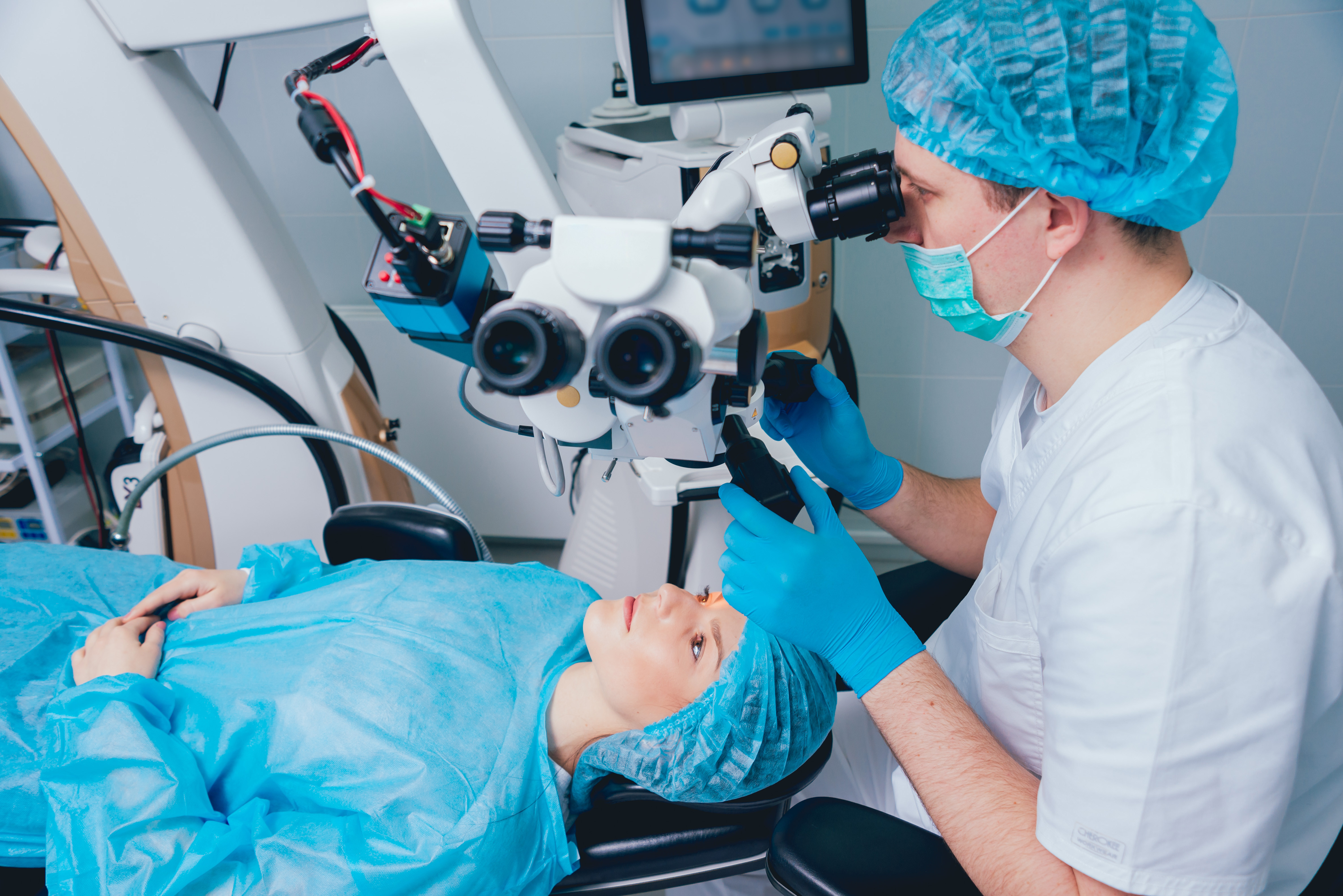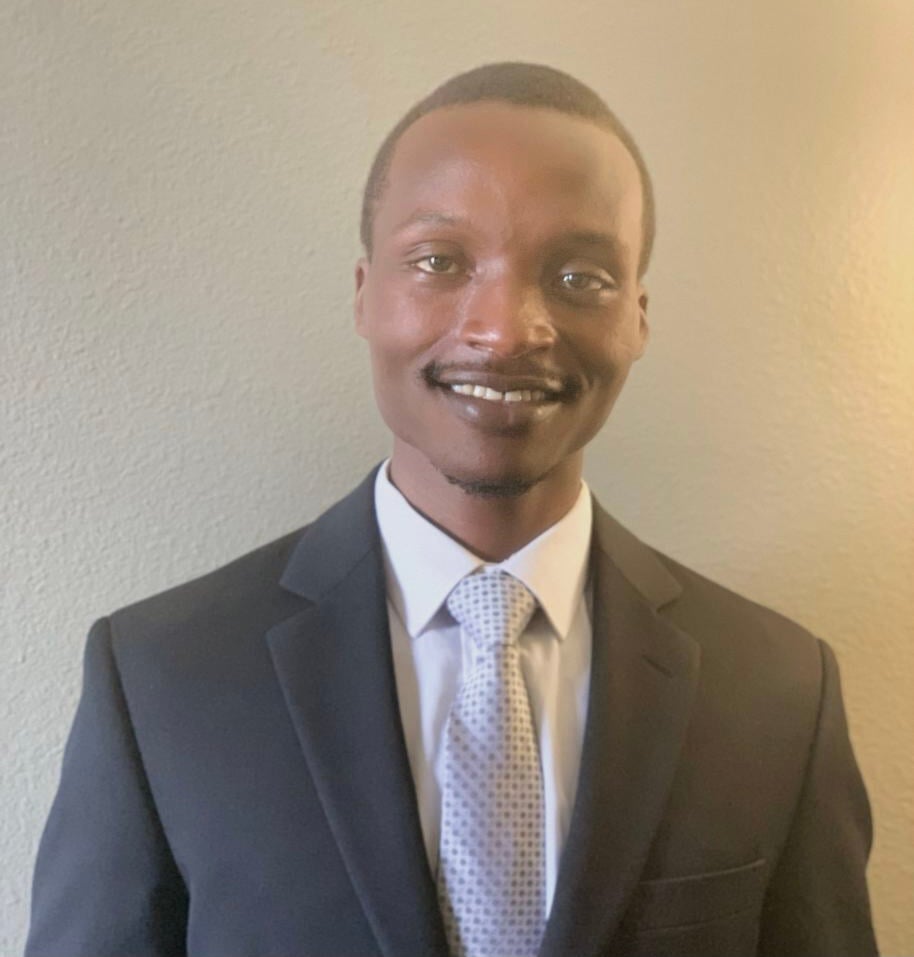Updated on October 31, 2024
What is LASIK Enhancement?


Vision Center is funded by our readers. We may earn commissions if you purchase something via one of our links.
Are you still experiencing blurry vision after LASIK surgery? Many people achieve excellent visual results with LASIK, but sometimes, additional procedures may be necessary to correct residual refractive errors or achieve optimal outcomes.
LASIK enhancement, also known as a LASIK touch-up, is a secondary procedure designed to refine your vision and address any imperfections that may have remained after the initial surgery.
In this article, we'll explore the circumstances that might warrant LASIK enhancement, who is a good candidate, and what to expect from the procedure.

When is LASIK Enhancement Necessary?
Although many people achieve 20/20 vision after LASIK eye surgery, others may need additional surgery to achieve the same outcome. LASIK enhancement is an additional vision correction surgery that fixes refractive errors, degraded vision, or unsatisfactory outcomes.
Generally, healthy eyes are eligible for an enhancement 3 months or more after the first LASIK procedure. Here’s what might qualify for LASIK enhancement:
1. Persistent Poor Vision After LASIK
If you experience blurry vision after 3 months of LASIK post-op care, you might need an enhancement. During the visit, your eye doctor will evaluate your cornea to determine the cause of your persistent visual problem and recommend the next steps.
2. Unmet Expectations
Everyone wants to achieve a certain visual quality after LASIK. To avoid unnecessary surprises, it’s essential to talk to your doctor about what you expect from surgery.
Your eye surgeon will also let you know the likely outcome of your surgery, and you can compare the visual outcome after the healing process is complete. But if the result doesn’t match your expectations, LASIK enhancement might be necessary.
3. Unsatisfactory Outcomes
Some people may experience over- or under-correction after LASIK surgery. This means their vision is getting corrected too much or doesn’t meet their expectations. Both conditions can lead to eye strain.
In some cases, a problem during the healing process can result in infection or complications with the corneal flap. All these unsatisfactory outcomes may require LASIK enhancement to correct.
Who is a Good Candidate for LASIK Enhancement?
To determine if you’re a good candidate for an enhancement, your eye surgeon will evaluate the timeline of your initial surgery and recovery.
Most people are eligible for LASIK enhancement 3 months after the initial surgery. However, this timeline depends on what issue(s) need to be fixed.
Your eye doctor will also perform a pachymetry test to check if your corneal thickness allows for a second surgery. Usually, a good candidate has a corneal thickness of at least 450 to 550 microns.
People who aren’t good candidates for LASIK enhancement include:
- Pregnant people
- People taking certain medications that can affect healing
- People with diseases such as HIV or diabetes that can affect healing
- Those who had an initial refractive surgery that resulted in complications
- People who play contact sports
Typically, just one LASIK enhancement is required to restore vision to an acceptable level. In some cases, however, more than one enhancement is necessary.
How Much Does LASIK Enhancement Cost?
Some providers don’t charge extra for an enhancement, especially if they performed the initial surgery. However, payment policies can vary significantly depending on your LASIK provider, the pre- and post-operative care they offer, and the technology used.
Before committing to surgery, ask about your doctor’s pricing policy and the pre- and post-operative services they offer.
How to Keep Your Vision Sharp After LASIK
The most effective way to keep your vision sharp after LASIK is to schedule regular eye exams. This will help your eye doctor monitor your eye health and catch any issues early.
Other tips for maintaining sharp vision include:
- Eating healthy foods. Green vegetables, such as kale and collard greens, and fish rich in omega-3 fatty acids are good for eye health.
- Quitting smoking. Smoke irritates the eyes and increases the risk of eye diseases such as macular degeneration and cataracts. So, if you smoke, it’s a good idea to quit.
- Not straining your eyes. Just because you see clearly doesn’t mean your eyes can’t strain. Looking at a computer screen for a long time can cause long-term issues.
- Wearing protective gear. When in vulnerable situations, such as bright sunlight, protect your eyes with appropriate sunglasses to prevent the effects of UV rays.
If you’ve had refractive surgery, and your vision is still not sharp enough, consult your eye doctor to determine if LASIK enhancement will work for you.
What to Expect From the Procedure?
LASIK enhancement is not any different from your first surgery. You can expect the following before, during, and after an enhancement:
Before
After evaluating you to determine your eligibility for an enhancement, your eye surgeon will set a date for the procedure. If you’re using contact lenses to correct your vision, you’ll have to stop wearing them to give your cornea time to adjust to its original shape.
Your eye doctor will also educate you on the expectations of the procedure. Be sure to inform your surgeon about any concerns you have regarding the process.
During
On the day of the surgery, your surgeon will perform tests and measure your cornea while you lie in a reclining chair. They will then re-lift the corneal flap created during the initial surgery to start laser treatment.
Your surgeon will use an excimer laser, the same device used during the initial surgery. Because enhancements require minimal adjustments, the procedure takes just a few minutes or less.
After
Just like with your initial surgery, your vision may remain blurrier immediately after surgery, but that’ll gradually improve. Your surgeon will give you a detailed LASIK post-op care guide to help you manage the recovery process.
Your doctor may also prescribe painkillers and lubricating eye drops to relieve any LASIK side effects. It’s essential to take these medications as prescribed. Lastly, you need to visit your eye doctor 24 to 48 hours after the operation to monitor the healing process.
Listen In Q&A Format
What You Should Know About LASIK Enhancements
Vision Center Podcast
Other Ways to Correct Vision After LASIK
As you’ve learned, LASIK enhancement is not ideal for everyone. Luckily, there are other effective visual corrective procedures available:
- Photorefractive keratectomy (PRK). Instead of creating a corneal flap, PRK involves the removal of the epithelium (outer layer). This effectively exposes the cornea for laser treatment and eliminates the need for a thick cornea.
- Refractive lens exchange (RLE). This procedure involves implanting an artificial lens in the eyes to enhance vision. Eliminating the need for glasses or contact lenses
- Small-incision lenticule extraction (SMILE). Uses a femtosecond laser to adjust the shape of the cornea without creating a flap.
- Phakic intraocular lenses (IOLs). Involves implanting artificial lenses to enhance the function of the natural lens.
If you don’t qualify for LASIK enhancement, ask your doctor about the above alternatives.
In this article
7 sources cited
Updated on October 31, 2024
Updated on October 31, 2024
About Our Contributors
Vincent Ayaga is a medical researcher and seasoned content writer with a bachelor's degree in Medical Microbiology. Specializing in disease investigation, prevention, and control, Vincent is dedicated to raising awareness about visual problems and the latest evidence-based solutions in ophthalmology. He strongly believes in the transformative power of ophthalmic education through research to inform and educate those seeking knowledge in eye health.
Dr. Melody Huang is an optometrist and freelance health writer with a passion for educating people about eye health. With her unique blend of clinical expertise and writing skills, Dr. Huang seeks to guide individuals towards healthier and happier lives. Her interests extend to Eastern medicine and integrative healthcare approaches. Outside of work, she enjoys exploring new skincare products, experimenting with food recipes, and spending time with her adopted cats.

